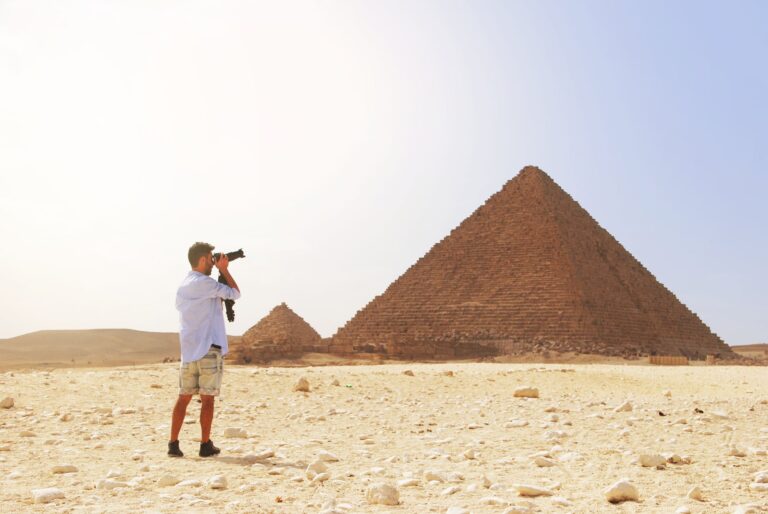
We know Egypt as one of the oldest civilizations and home to one of the last surviving Seven Wonders of the Ancient World. It is a country with a rich archaeological history that dates back to the time of the Pharaohs more than 3000 years ago. Aside from that, to travel to Egypt is in the bucket list of most backpackers.
If you are one of those people who want to travel to Egypt at least once, in their lifetime, this guide might finally give you the push and will get you more inspired. For starters, traveling to Egypt for 7 days is enough time to see and appreciate most of the wonders this place has in store for you.
Here is the perfect seven-day itinerary to make the most out of your time in Egypt.
Day 1
Arrival at Cairo
Your travel to Egypt starts in Cairo, the capital city and is one of the largest cities in Africa, so expect it to be busy and chaotic. Also, don’t be surprised to find yourself stuck in traffic! Cairo is home to lots of archaeological treasures such as The Great Pyramids and Sphinx of Giza, the Egyptian Museum, Memphis (the ancient capital of Egypt), Sakkara, and the Citadel of Saladin. It is a cultural hub filled with local cuisine, architecture, museums, and more. You can also find in Cairo the iconic Nile River and the Christian Coptic sector.
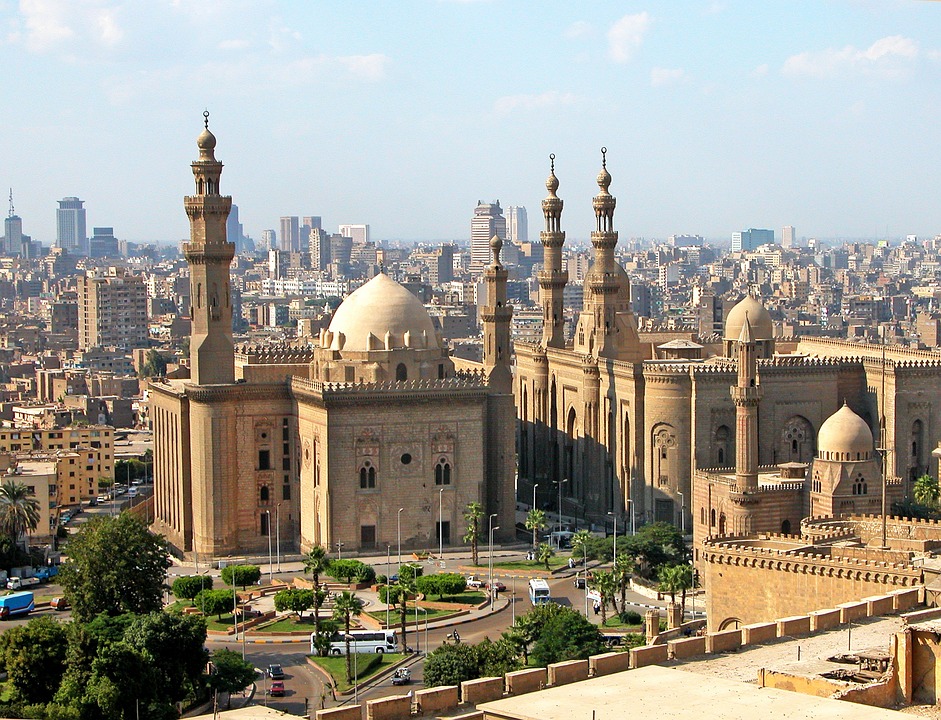
Travel to Egypt’s Amazing Museum of Antiquities
Once you’ve settled and got through the drive from the airport to the city center, you can first visit the Museum of Egyptian Antiquities, also known as the Egyptian Museum or the Museum of Cairo. This museum houses over 5,000 ancient Egyptian artifacts and a collection of antiquities of over 120,000 items.
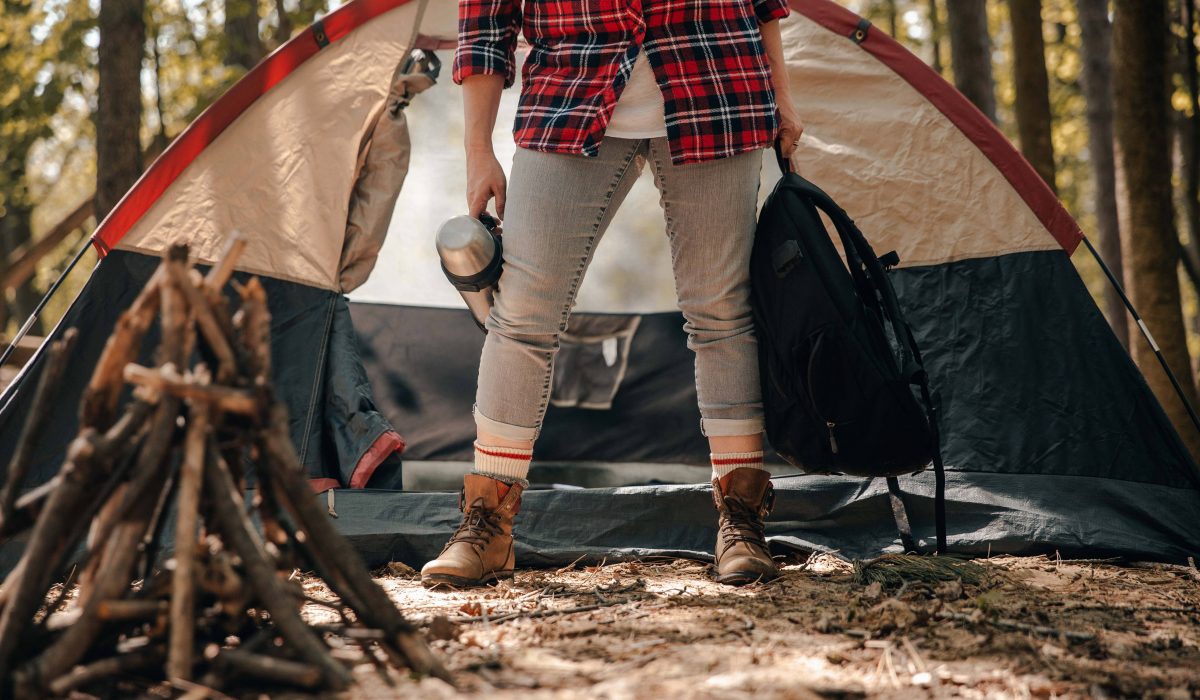
If you’re interested in learning about Egyptian pharaohs and mummies, then you will find a lot of them in this place. Some of the notable artifacts in the Egyptian Museum include The Gold Mask of Tutankhamun (made of 11kg of solid gold), The Grave Mask of King Amenemope, and the Mummy Mask of Psusennes I.
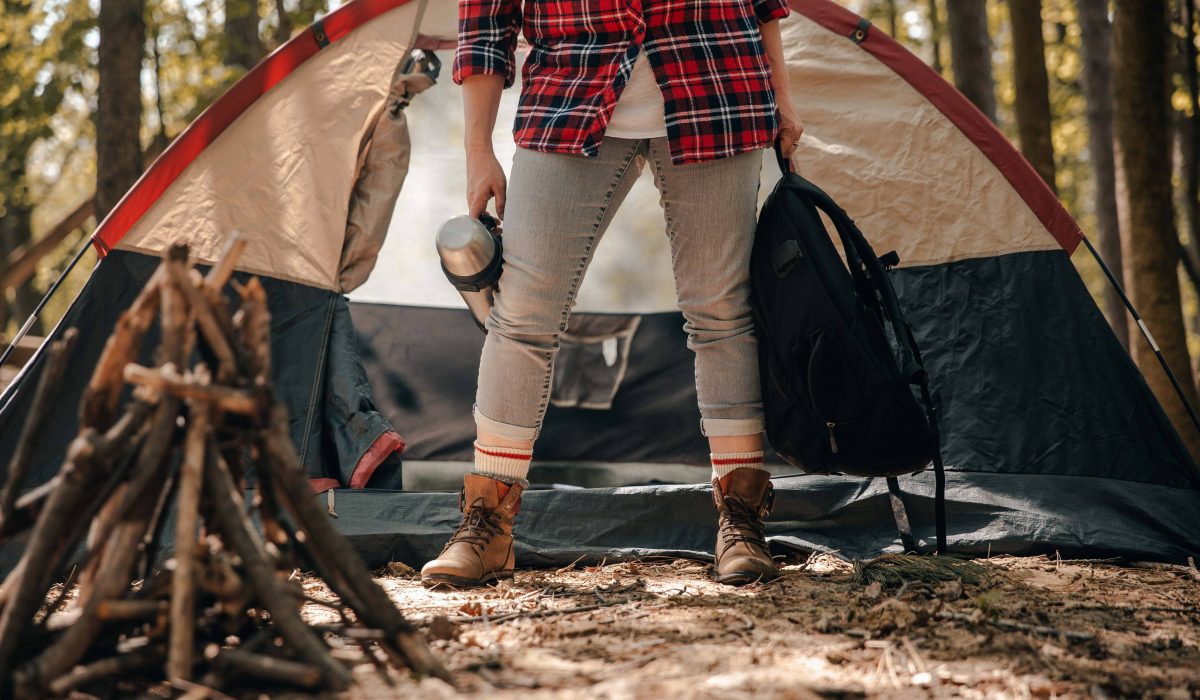
To get into the Egyptian Museum, you need to pay the entrance fee of $9. It is recommended that you get a guided tour from a local Egyptologist as there are way too many artifacts in the place. Unfortunately, you cannot take photos while roaming inside the museum but it is allowed outside.
Nile River
After visiting the Egyptian museum, you can spend the afternoon to night sailing along the Nile River by the felucca boat. Riding the felucca is a must! Late afternoon is the perfect time to do this so it is not too hot, plus you can catch the sunset.
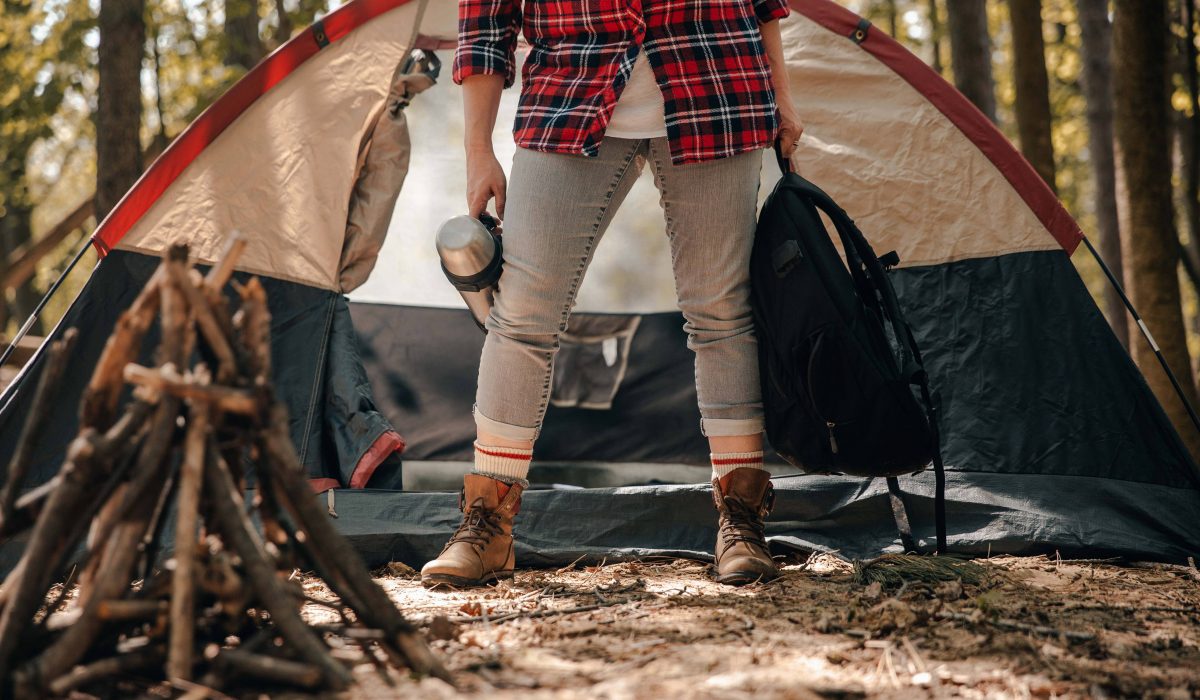
It is a chance to take in the sights, relax, and rest. You can also have your dinner served by the sailing crew in the felucca. It is a good way to try the local cuisine and delicacies while admiring the view around you.
Day 2
The Great Pyramids of Giza
Start the second leg of your travel to Egypt by going to the highlight of Cairo: the Great Pyramid of Giza (also known as the Pyramid of Khufu or the Pyramid of Cheops) and the Great Sphinx. Being one of the world’s most iconic sights, these ancient wonders look majestically surreal from postcard to real life. These structures have been standing for 4,500 years. Go early so you can avoid the queue for the ticket. The entrance fee costs $9. There is a lot of ground to cover so this will take up a whole day.

There are lots of things you can do once you’re inside. Of course, that involves taking lots of photos with the pyramids, the Sphinx and getting a guide. You can also pay a small fee and go inside the Great Pyramid of Khufu. It has been said that the pyramid was constructed as a tomb for King Khufu. The solar ships also serve as a burial chamber for other dead pharaohs.
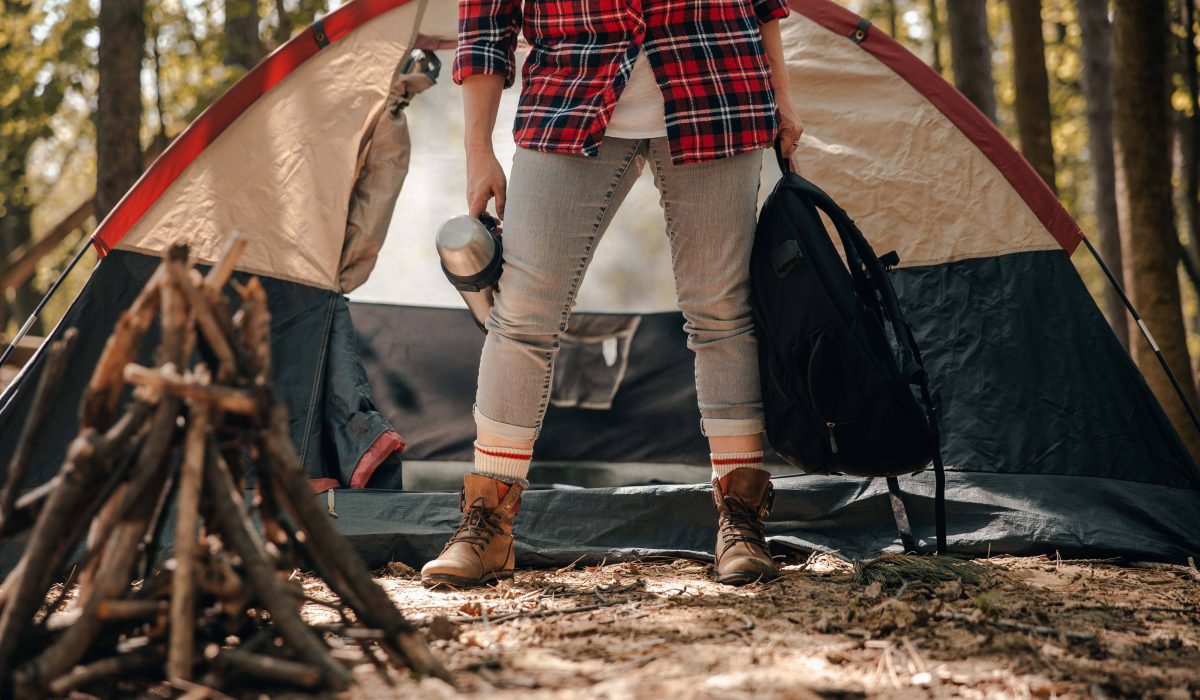
Another fun way to navigate the place is by riding a horse or a camel. Because the site is extensive, walking around can be tiring. That is why there are locals that will let you rent a horse carriage or a camel for a more enjoyable experience. Some will even offer to take cool photos for you.
Day 3
Day Trip To Alexandria
There are other destinations near Cairo that you can visit for a day trip. Alexandria also called the Pearl of the Mediterranean, is an Egyptian port city. It was established by Alexander the Great and known as the second most powerful city of the ancient world after Rome.
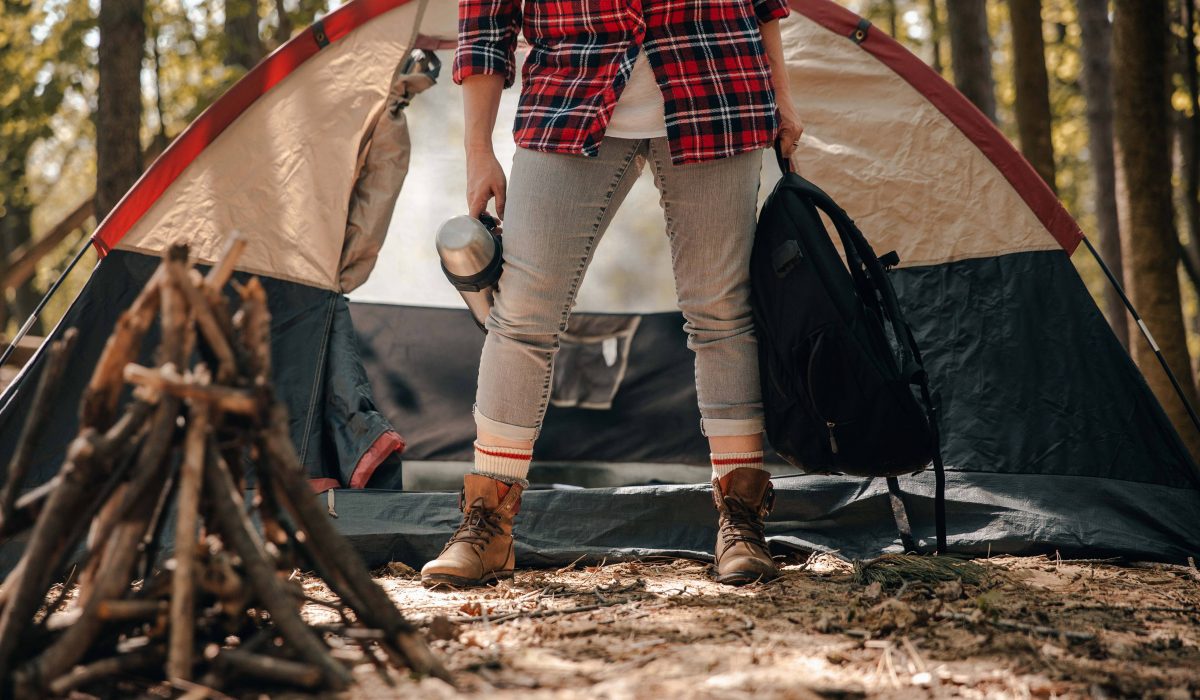
To get to Alexandria from Cairo, you can ride the train that takes about an hour. There are lots of sites you can visit there such as the pleasure garden surrounded by Roman Villas and baths, Roman Theater, and Galleries. You can also see the Catacomb of Kom El-Shoqafa and find the Tri-cilium and tombs on three levels.
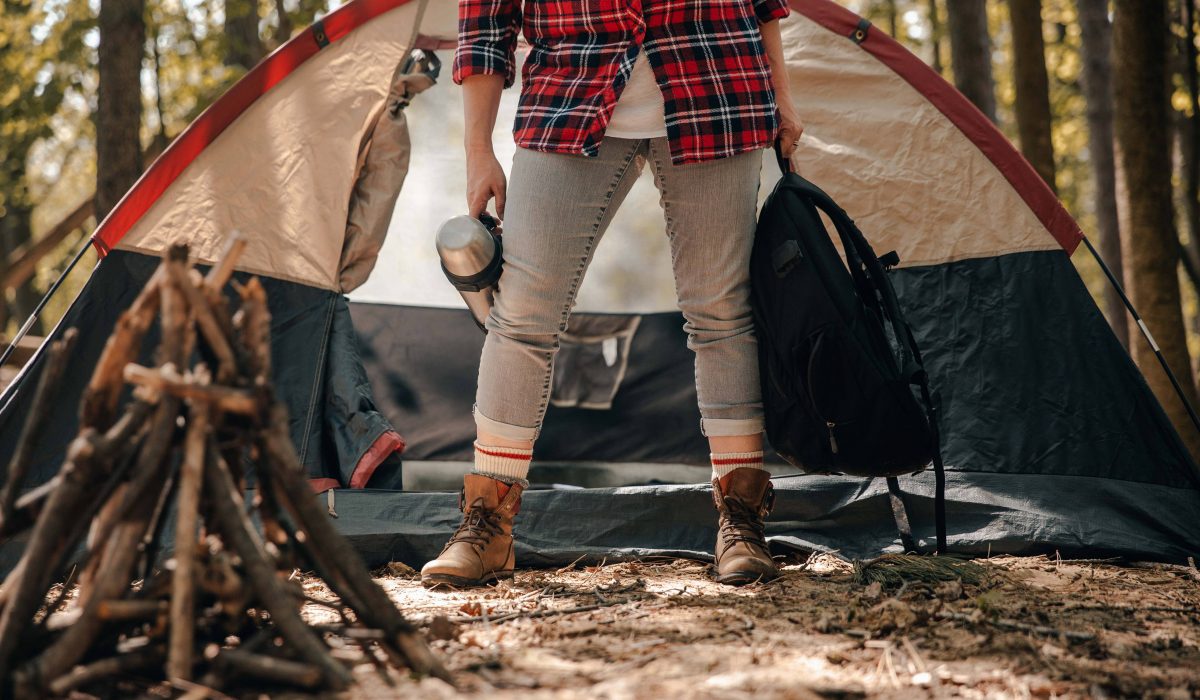
Next, go and visit the Citadel of Qaitbay (15th-century defensive fortress), El Mursi Abu Elabas (mosque), Bibliotheca Alexandrina (Alexandria Library), Montaza Palace (museum and extensive gardens), and the Stanley Bridge (Egyptian modern monument).
Day 4
Aswan
From Alexandria, you can take a domestic flight to Aswan. It is a pleasant, southernmost city in Egypt. You can take a day trip to the Temple of Philae located on Lake Nasser’s Agilika Island. You need to take a boat to get to the temple. The entrance fee for this atmospheric site costs $6 and also for the return boat ride.
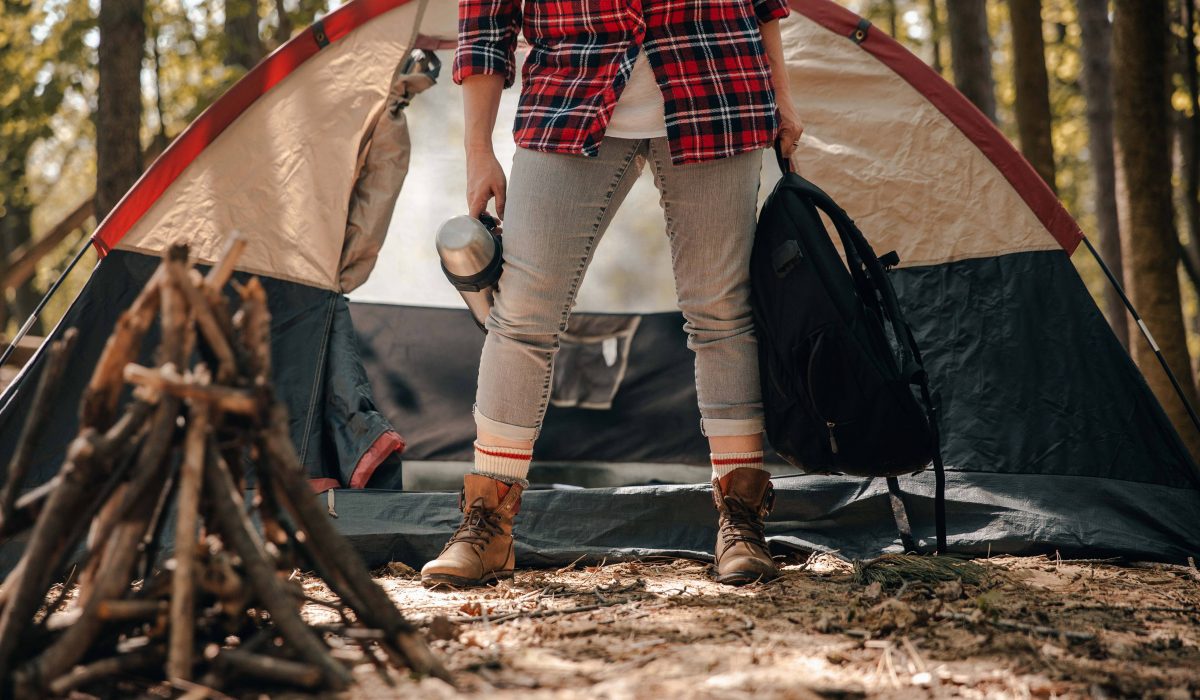
Aswan has a large Nubian population so you can find many cultural options here from the Nubian Museum (you can learn more about the hydro dam here), the Nubian Bazaar and the unfinished obelisk to the High Dam. You can also visit the Temple of Isis who is the Egyptian Goddess of health, marriage, and wisdom.
Day 5
Abu Simbel
Next day, you can proceed to Abu Simbel which is in the southwest of Aswan. The Abu Simbel are twin massive rock temples located on the western bank of Lake Nasser. These are the Great Temple of Ra-Harakhte and the Temple of Hathor.
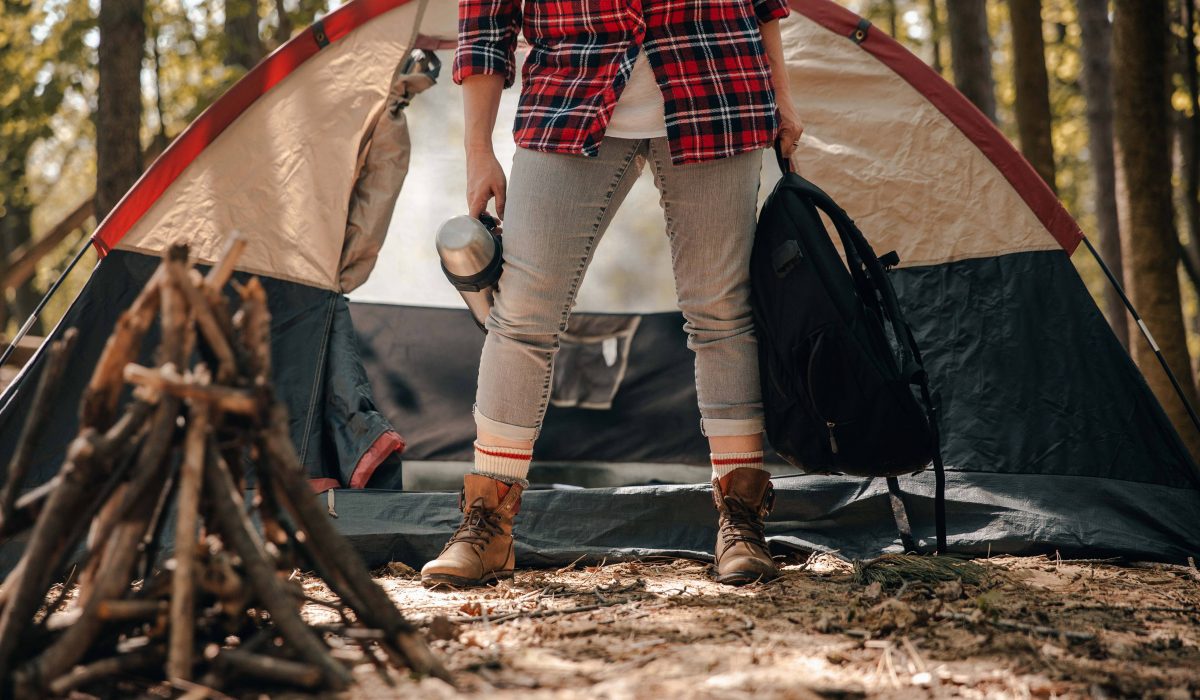
During the reign of Pharaoh Rameses II in the 13th century BC, these temples were carved as a lasting monument dedicated to himself and his queen Nefertiti. The Abu Simbel temples are a commemoration of his victory at the Battle of Kadesh.
Luxor – Karnak Temple
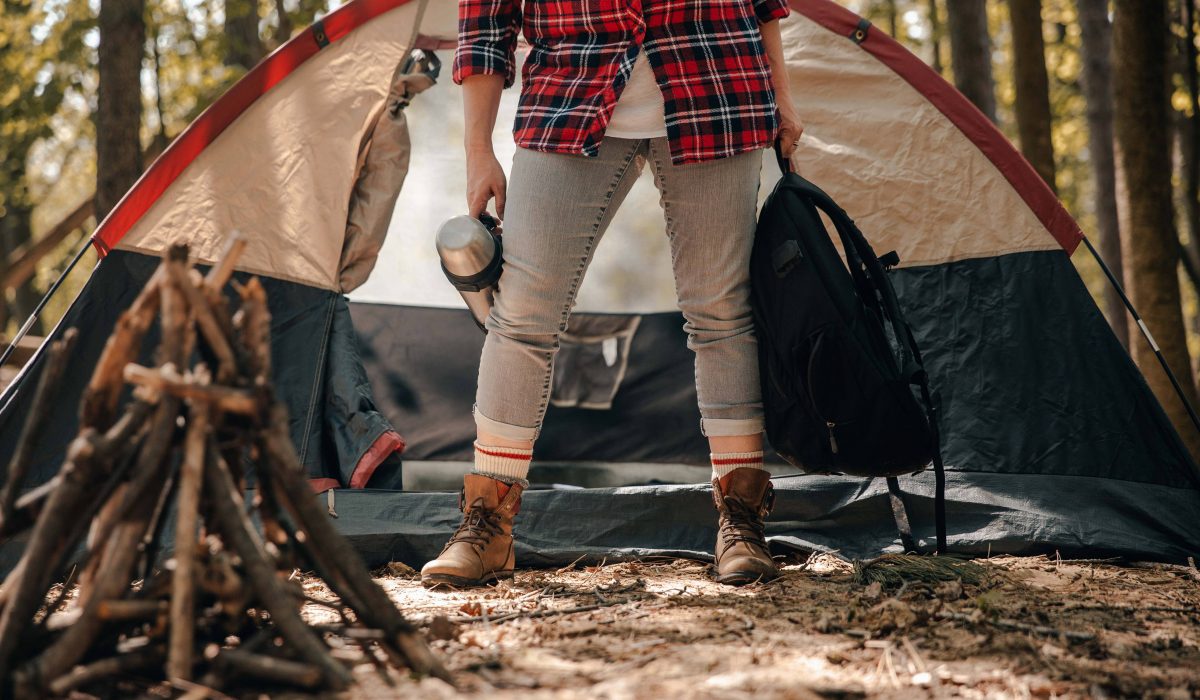
After spending time in Aswan, you can head on over to Luxor for more impressive sights. First on the list is the temple complex of Karnak. This world heritage site took over 200 years to build. Karnak is an open-air museum that features obelisks, pylons, and chapels. You can find a total of 134 pillars and the avenue of ram-headed sphinxes.
In this huge site, you can also find one of the world’s largest religious complexes namely the Temple of Amun. Aside from that, there is also the tallest obelisk in Egypt called the obelisk of Hatshepsut. Originally, its tip is covered in an alloy of gold and silver.
Day 6
Luxor – Valley of the Kings and Queens
Kick off your second day in Luxor by visiting one of Egypt’s highlights: the Valley of the Kings and Queens. It is also a must to visit the nearby Queen Hatshepsut Temple (the only ruler woman in Egypt). The Valley of the Kings and Queens has 63 royal tombs that are all very different from each other. The entrance fee costs $8 and it includes entrance to the three tombs.
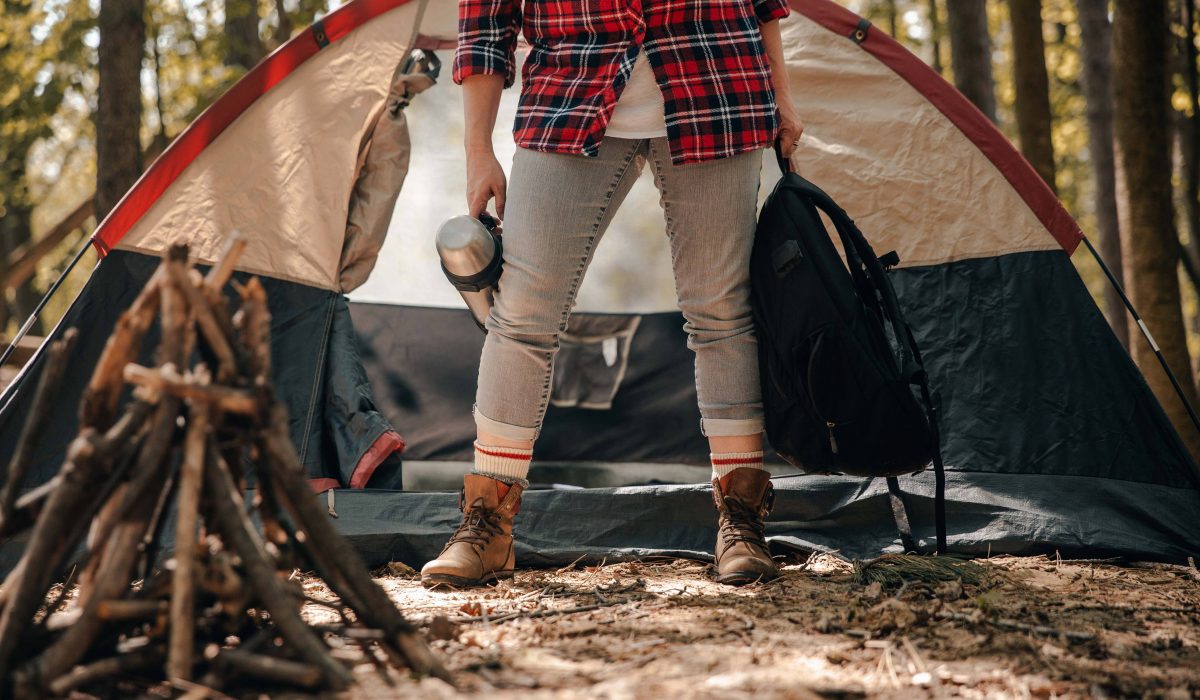
The best tombs to visit are those of Ramses I, VI, VII, IX, Amenhotep, and Thutmose. You will have to pay an extra $6 to get into King Tutankhamun’s tomb where you will find his mummy and the sarcophagus. It is advisable to get a guide to make the most out of your visit. Taking photos however is prohibited in the tombs, so you will only have to appreciate the lovely paintings on the walls with your eyes.
Day 7
Go Back to Cairo – Khan El Khalili
On the last day of your travel to Egypt, do not forget to buy some gifts for your loved ones and souvenirs to remind you of your amazing trip. Before your flight back home, you can hit Khan El Khalili. It is a major souk or bazaar district in the historic center of Cairo.
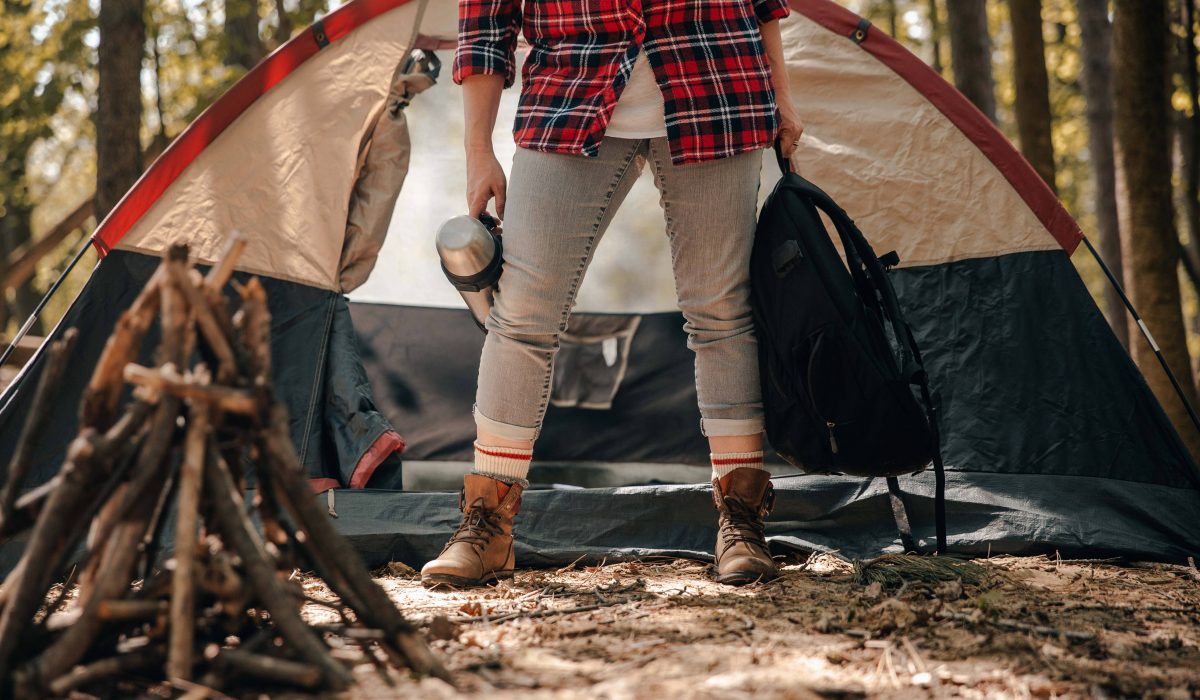
This open-air market is filled historic cafes and a unique variety of items you can buy — from gold artifacts, sparkling silverware, stained glass lamps, ancient Pharaoh souvenirs, and handmade accessories.
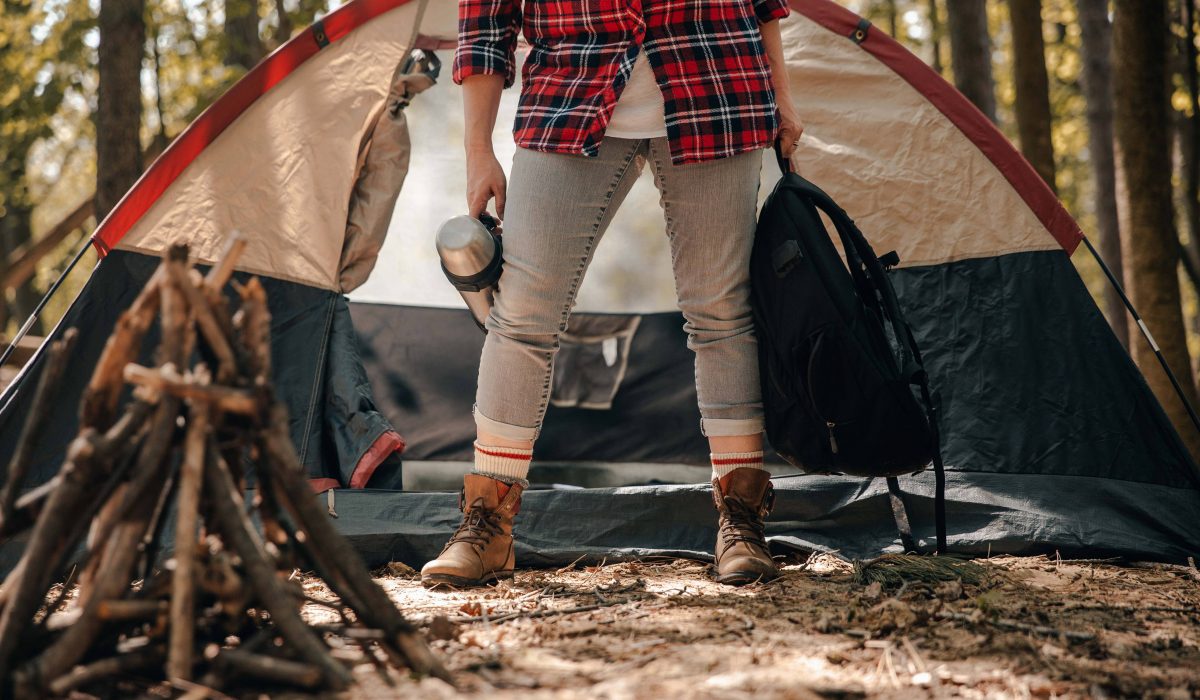
If you still have time left, you can choose to visit nearby landmarks and attractions.
BONUS: What To Eat in Egypt
The full Egyptian experience will not be complete without tasting their local cuisine. Here are some must-try delicacies when you travel to Egypt:
Koshary
This dish is one of Egypt’s national dishes and popular street food as well. It is made of rice, macaroni, lentils, chickpeas topped with a spicy tomato sauce, and fried onions. You can also add sprinklings garlic vinegar or hot sauce to it. Koshary can be eaten for breakfast, lunch, or dinner.
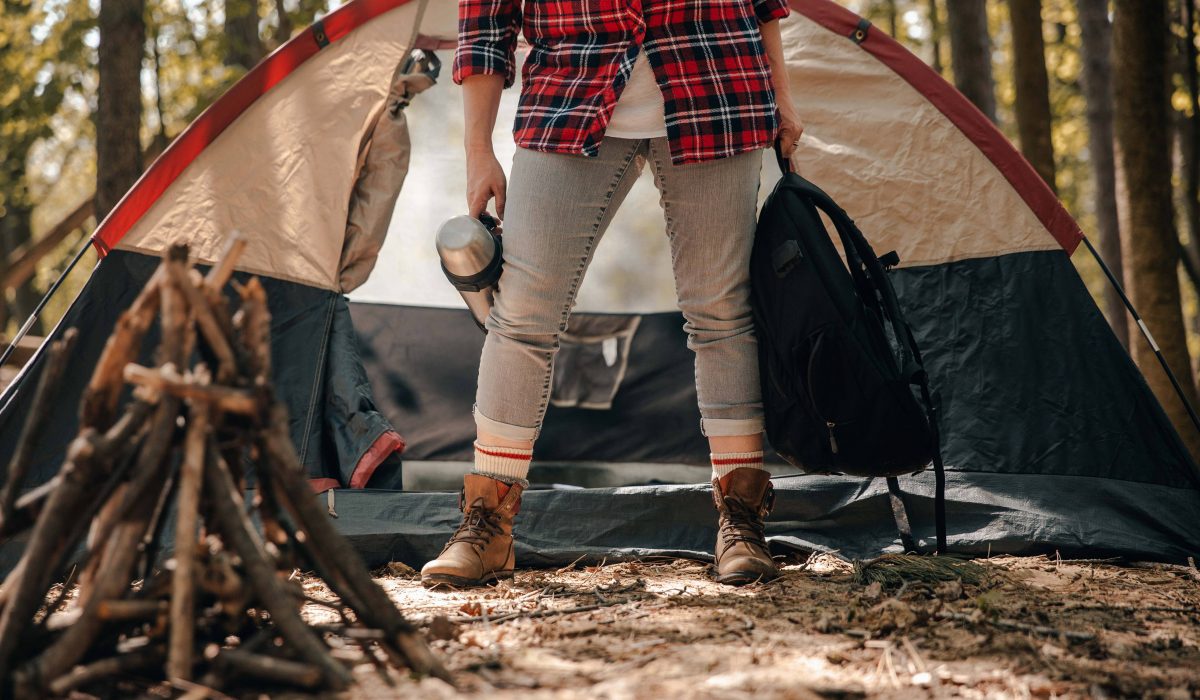
Fuul
If you love hummus, then you will appreciate Fuul. It is a staple food, especially in the northern cities of Cairo and Giza and usually eaten for breakfast. Fuul is stewed fava beans served with vegetable oil, cumin, onion, parsley, and garlic. You can enjoy this traditional Egyptian dish with a warm pita bread.
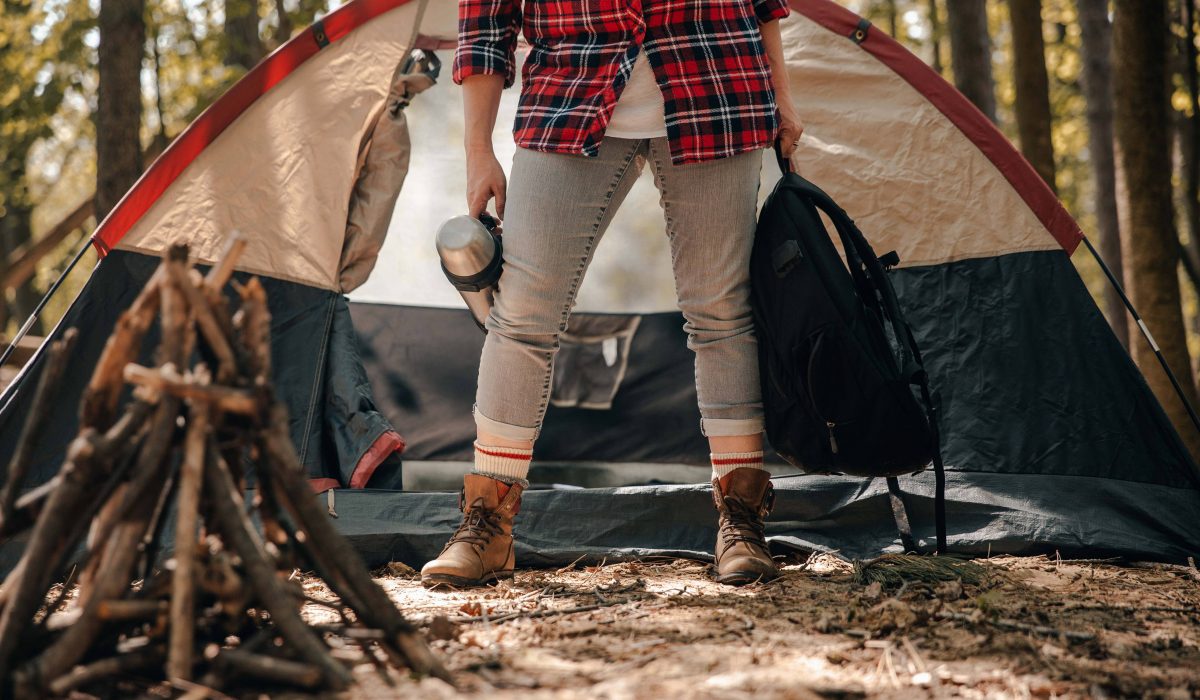
Ta’ameyya
Ta’ameyya is an Egyptian falafel made with dried fava beans instead of chickpeas. It is an all-time favorite street food in Egypt. Ta’ameyya is best served with pita bread, onions, tomato, and tahini sauce.
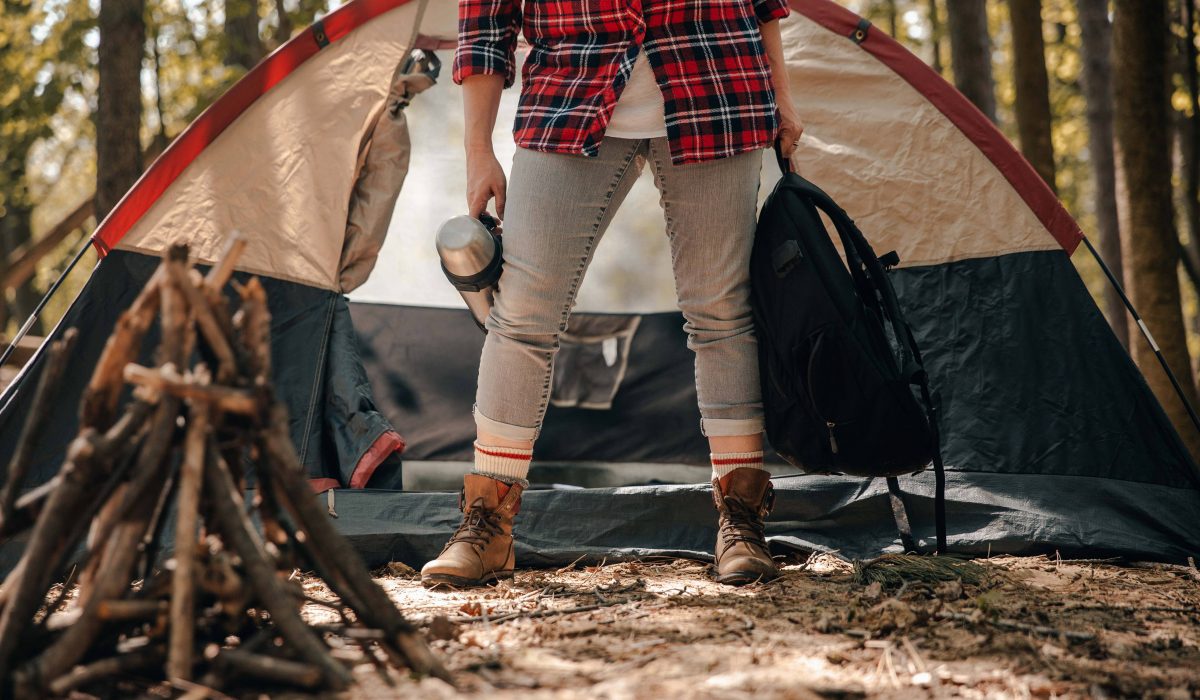
Kofta Kebab
Kofta is one of the most popular dishes in Egypt. You can have meat, vegetarian or seafood kofta. But the most common is a mixture of ground beef and lamb. This filling meat dish is made of onion, garlic, spices, and fresh mint. Kofta is formed into balls or oblong shapes and typically cooked on skewers.
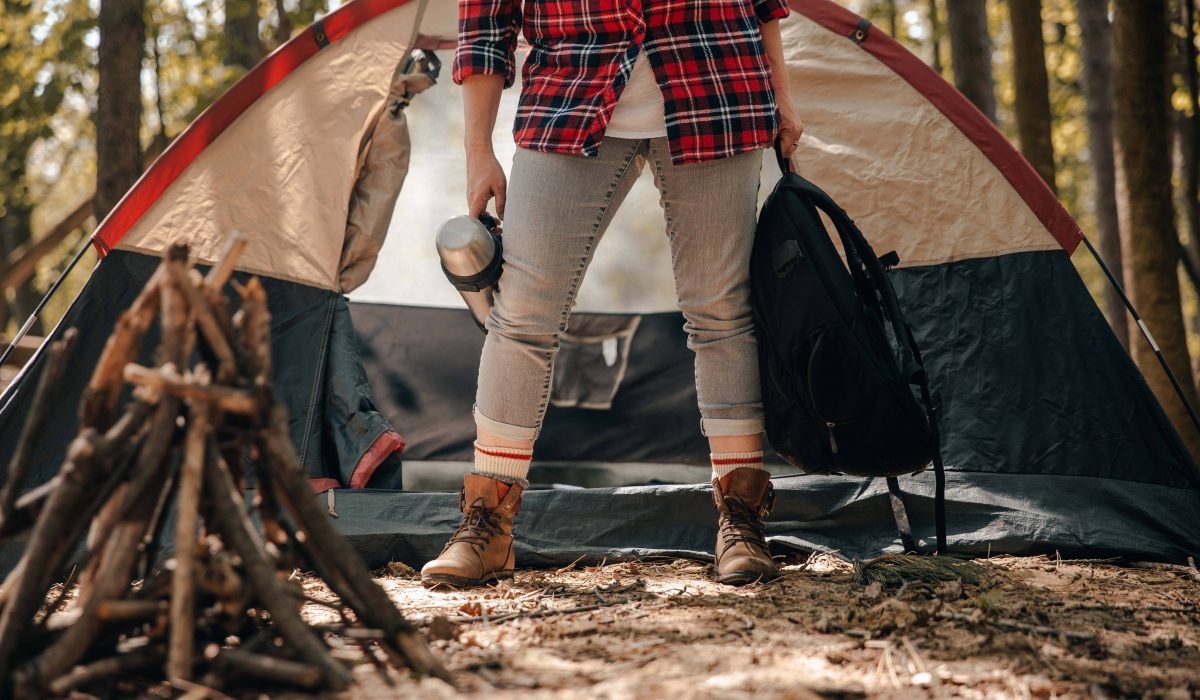
Om Ali
This traditional and decadent dessert is an Egyptian version of bread pudding. Om Ali is a historical dish that dates back to the 13th century. It contains pieces of phyllo dough or puff pastry, blended with milk, nuts, coconut. Om Ali is sprinkled with cinnamon and baked until golden brown.
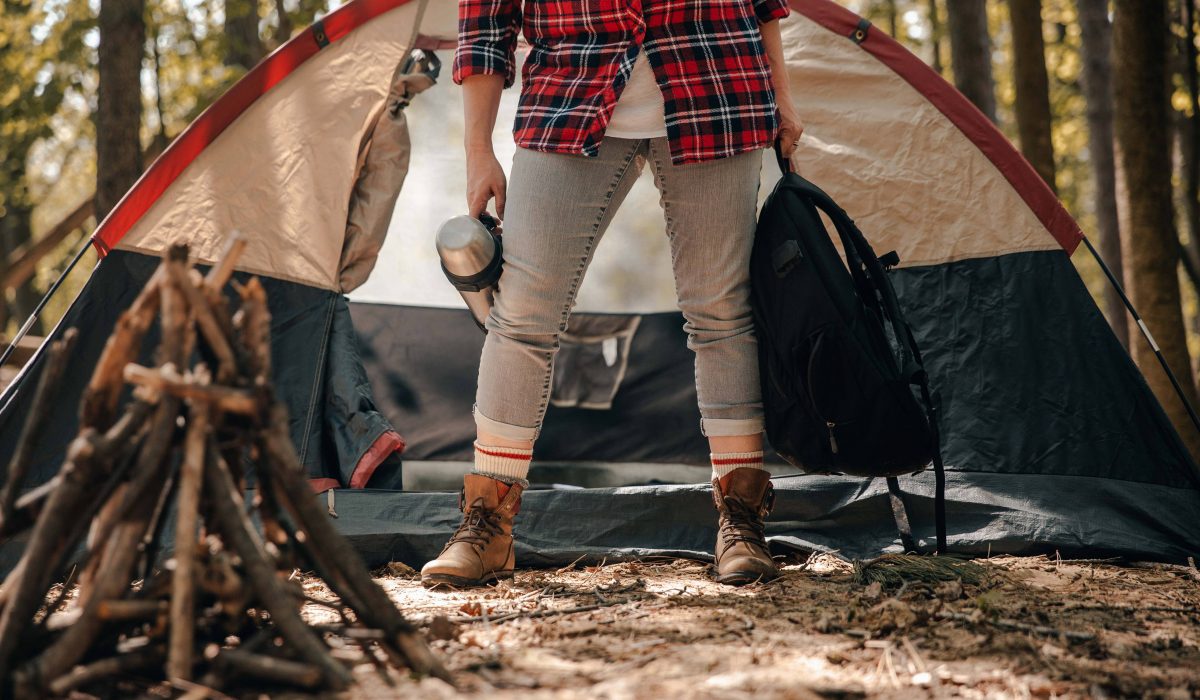
Give Egypt A Go
Egypt is a country with a vast history and culture to offer for every new and veteran travelers. This guide is here to serve you throughout your adventure in this country. Do not forget to visit all of Egypt’s wonderful places and try their local cuisines! Lastly, take a lot of pictures to reminisce your memories from this journey!